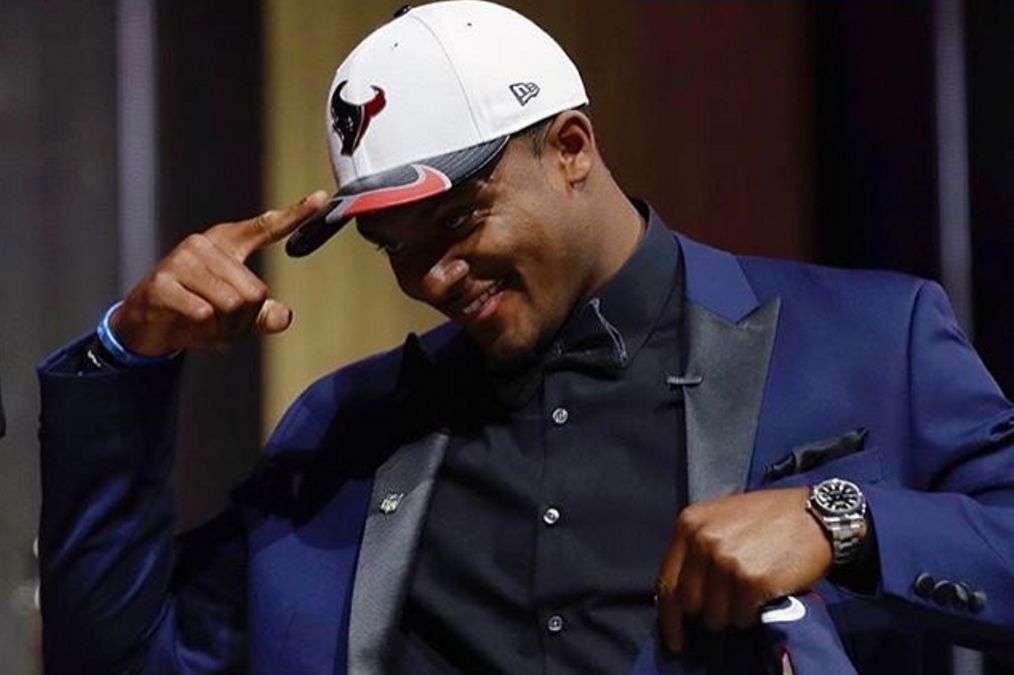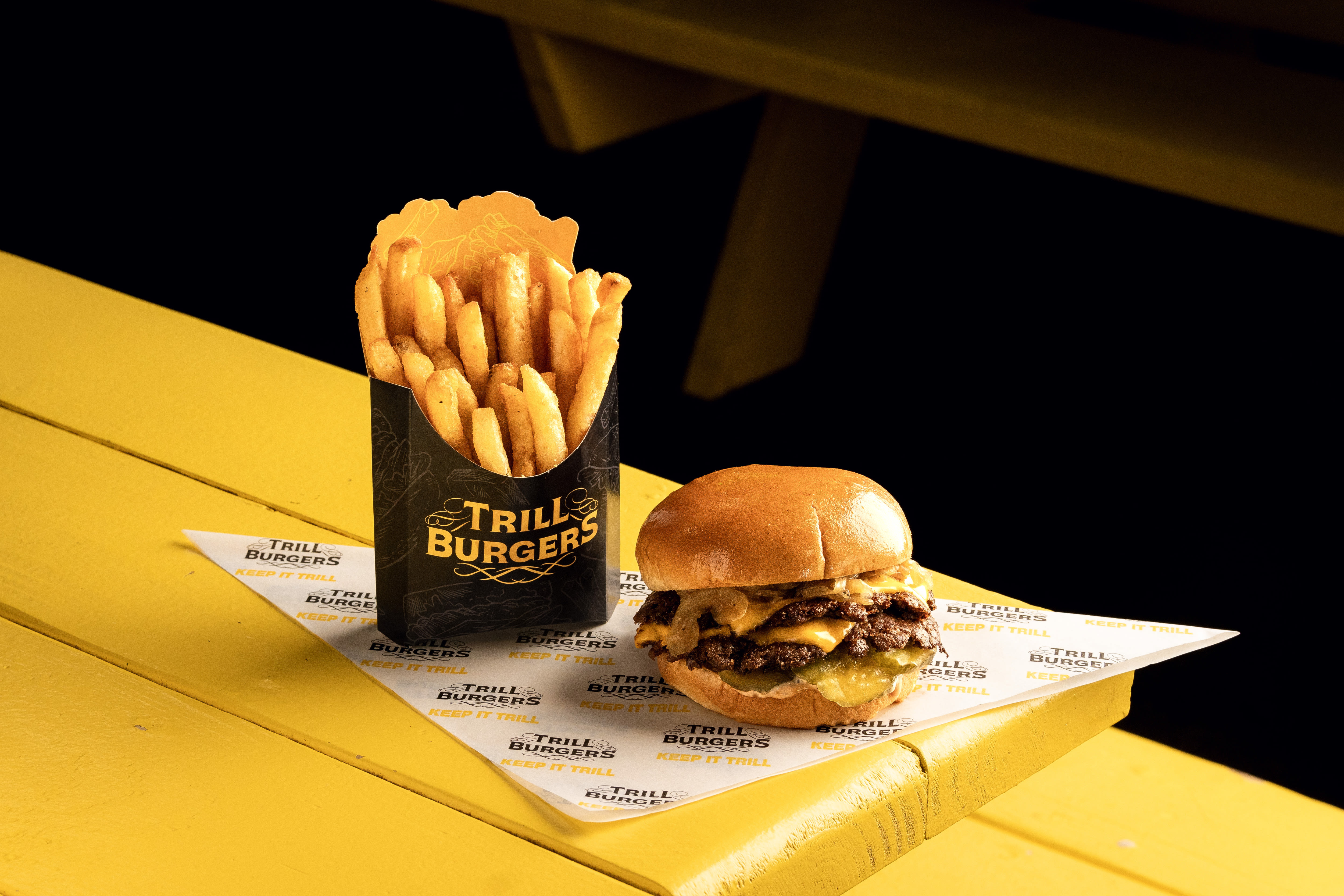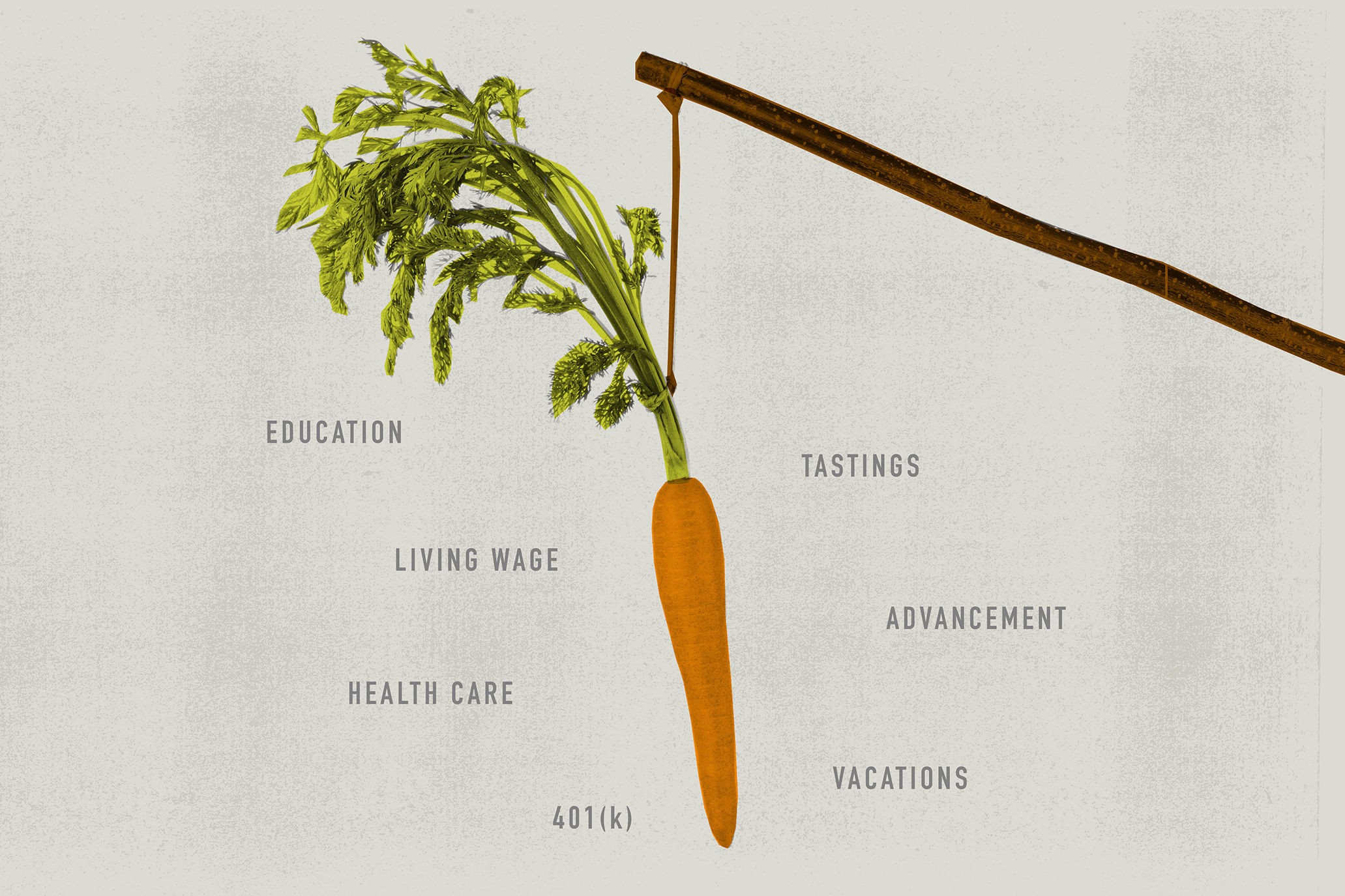Besides Choosing a New Quarterback, How Did the Texans' Draft Stack Up?
The NFL draft took place last week, and while I already wrote on the Texans’ biggest move — giving up next year’s first-round pick for the chance to trade up and select Deshaun Watson — the team did have six more picks to make this draft. Let’s take a look at how the Texans' remaining draft picks will fit onto the roster.
In round 2 the Texans took Vanderbilt linebacker Zach Cunningham. I expected Cunningham to be taken in the first round and Jarrad Davis to be available here, but the reverse was true. Needless to say, I really like the value of this pick. Cunningham is an athletic tackling machine who may have been overlooked by other teams because he didn’t play on an outstanding defense at a major program. He should pair up well with Bernardrick McKinney in the long-term for the Texans.
Brian Cushing’s age and injury history makes it likely the team can’t plan on having him much longer. I’d expect Cunningham to take over as the full-time starter in 2018, though he should still see substantial action as a rookie. (It’s even possible the team starts playing more in a 4-3 alignment instead of their usual 3-4, to allow all three linebackers on the field.)
The Texans’ third-round pick was used on college football’s leading rusher last season, D’Onta Foreman of Texas. Foreman is known as a power runner, but he has a lot of speed for his size, clocking a 4.46 40 at 233 pounds. His size/speed combo is a good indicator of the power with which he runs, and the 40 time suggests big-play breakaway speed (confirmed by the numerous big plays he broke, including runs of over 40 yards in five of Texas’ 12 games last year). I thought the Texans might draft a power back to complement Lamar Miller’s quickness and speed, but a talent like Foreman’s may cause the split to be closer to 50-50.
Whereas the Texans have concerns about Miller’s durability and ability to handle a full workload, Foreman carried the ball 323 times in Texas’ 12 games last season, a massive workload that amounts to 27 carries a game. The biggest knocks on Foreman tend to be that he only gets what’s blocked and doesn’t really run through tacklers, but I think this is overblown and the numbers don’t support it. Foreman does need work in pass protection, and he isn’t much of a receiver either, so it’s likely Miller will be the primary back on passing downs, and Foreman will handle early-down and short-yardage carries. He’s also a good candidate to be the back who closes out games when the Texans are ahead, allowing them to save Miller for snaps that really matter to the outcome.
The Texans had two fourth-round picks, using one on defensive tackle Carlos Watkins (Clemson) and the other on offensive tackle Julién Davenport (Bucknell). I liked both of these picks for the team. I thought Watkins was a potential day-two talent at defensive tackle, and with the retirement of Vince Wilfork, the team will need more snaps at the position. Watkins isn’t a large nose tackle the way Wilfork was, though he does well enough against double-teams that playing some snaps there is a possibility. The Texans have quietly built up some intriguing young talent cheaply on the interior line, with Watkins, D.J. Reader, Christian Covington, and Joel Heath joining the returning J.J. Watt.
Davenport is a bit of a project; he has the long frame and short-area quickness of a potential left tackle, but coming from a smaller school will need some time to adjust to the pro game. There’s a good chance he’s thrown into the fire at right tackle, though, because the team has no answers there right now with Derek Newton’s injury and Chris Clark’s poor play. If Davenport develops well, he may end up being a replacement for Duane Brown down the line, but more important to the team right now is whether or not he can man the right tackle position effectively. While Davenport may struggle if pressed into service as a rookie, the potential to be a long-term starter is there.
In the fifth round, the Texans took defensive back Treston Decoud from Oregon State. It’s not entirely clear where they’ll want to play him; he’s likely going to start off as a cornerback, replacing A.J. Bouye on the roster (though not taking Bouye’s starting job, as Kevin Johnson will return from injury), but if the team can’t sufficiently replace Quinton Demps at strong safety, Decoud’s size, physical play, and downhill tackling abilities may make him a solid candidate for the job.
The Texans’ seventh-round pick was center Kyle Fuller (Baylor). Center is actually a surprisingly deep position for the Texans: They drafted Nick Martin in the second round last year, and when Martin was lost for the season with a broken ankle, they discovered that backup Greg Mancz is pretty good at the job, too. (This pick lends credence to my idea that the team may try moving one of them, probably Martin, to guard.) Fuller has talent and is a nice pickup this late in the draft, with a reasonable chance to make the final 53-man roster, but he will start out as a backup and possibly contribute on special teams.
All in all, this draft was a pretty good job by the Texans of marrying value and need. The team identified and addressed their most important weaknesses — quarterback and right tackle — while also picking up good value on players who can contribute as rookies and who seem in line for significantly expanded roles in the future (particularly Cunningham and Foreman). A lot is riding on the success of Deshaun Watson, but if he can play even better than, say, the 25th best quarterback in the league or so, the Texans should return to the playoffs, and these players can be part of the foundation that keeps them competitive going forward.




